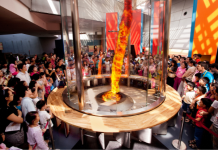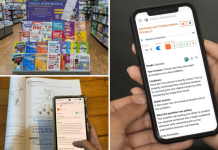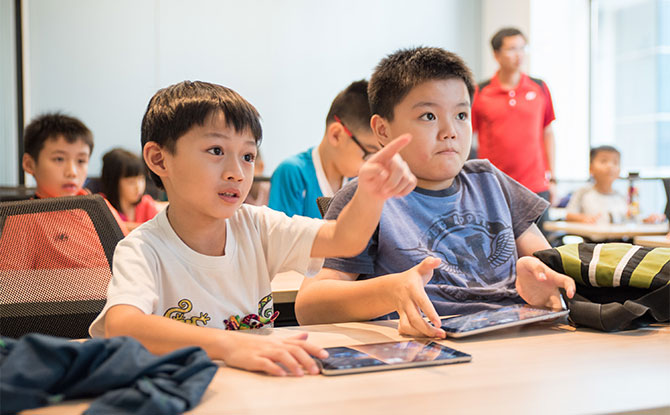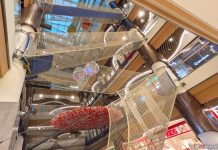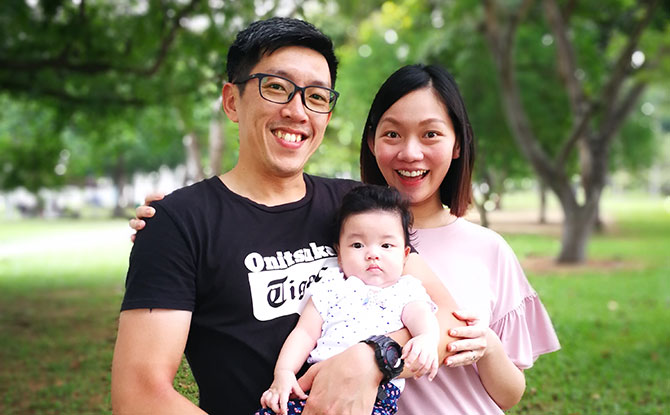
Nestled unobtrusively in the basement of KK Women’s and Children’s Hospital (KKH) is a small bank that packs a big punch. Even though the bank does not provide financing, some would argue that its vaults hold something much more valuable than gold.
One person who would agree is Shou Zhu, who is alive today, thanks to this very institution – the Singapore Cord Blood Bank (SCBB).
The Gift of Life

Back in February 2012, Shou Zhu was diagnosed with Acute Leukaemia. At that time, 28 years old and a newlywed, she was given two rounds of bone marrow stem cell transplants.
Unfortunately, the transplants failed and Shou Zhu suffered a relapse.
CARNIVAL OF CHRISTMAS CHEER: Celebrate and Win at Plantation Plaza and Northshore Plaza!
SNOW MUCH TO CELEBRATE: Christmas Fun at The Centrepoint
In 2013, her doctor suggested a cord blood stem cell transplant and, through SCBB’s public registry, they managed to locate two donated cord blood units – one from a baby boy and another from a baby girl – that were compatible with Shou Zhu.
On Valentine’s Day 2013, exactly a year after her diagnosis, Shou Zhu received her third stem cell transplant and is now doing well.
What is a Public Cord Blood Bank?
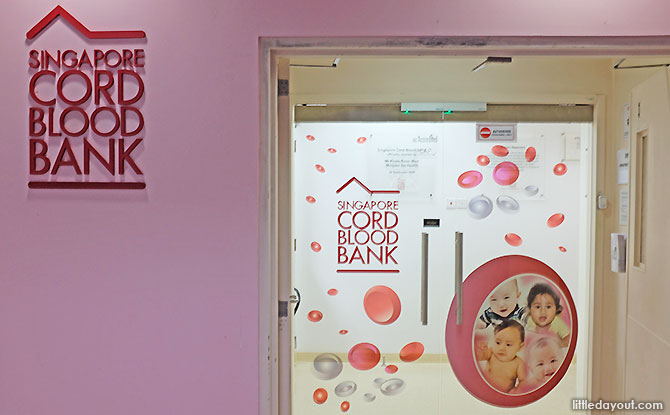
SCBB is similar to a regular blood bank except that its potential donor pool is the 40,000 or so women who give birth in Singapore annually. It collects and stores donated umbilical cord blood for use in stem cell transplants in Singapore and internationally.
Since its founding 13 years ago, SCBB has given hope to more than 200 patients – including Shou Zhu – who faced life-threatening blood cancers and disorders.
What Is Cord Blood Again?

Unless slated for donation or private banking, cord blood is usually discarded along with the umbilical cord and placenta after birth. According to SCBB, this is unfortunately the case in more than half of births in Singapore today!
To Donate or to Bank, That Is The Question
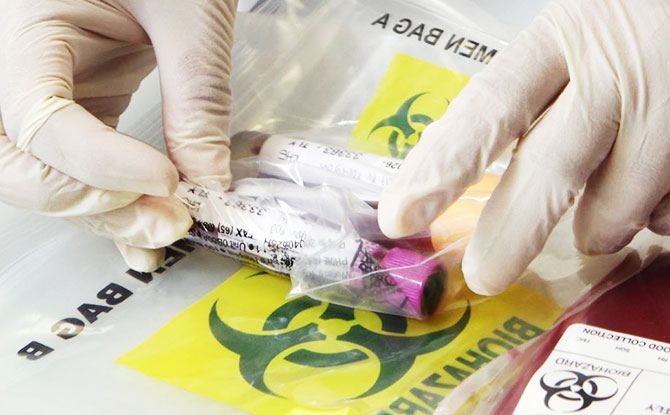
Since the early 2000s, parents in Singapore have been able to store their babies’ umbilical cord blood as a form of “biological insurance” against illnesses. Today, aside from SCBB, the public cord blood bank, three private cord blood banks offer such storage services in Singapore.
When the cord blood is kept with a private bank, it is set aside for the family’s use only. The family pays for the storage fees of their baby’s cord blood and can decide who can use it.
In a public cord blood bank like SCBB, the public cord blood inventory is available for anyone to use and can be called upon when a need arises. The higher the diversified pool of cord blood units available to cover the multi-ethnic population, the higher the chances of finding a suitable match to save patients like Shou Zhu. The probability that each true sibling is a full match is 25%.
To date, SCBB has successfully facilitated 242 cord blood transplants for paediatric and adult beneficiaries.
Donation is free and donors’ families also get to make their first withdrawal from SCBB’s cord blood inventory – including their own specific unit, if it is still available – for free, if needed.
Community Cord Blood Banking – The Best of Both Worlds
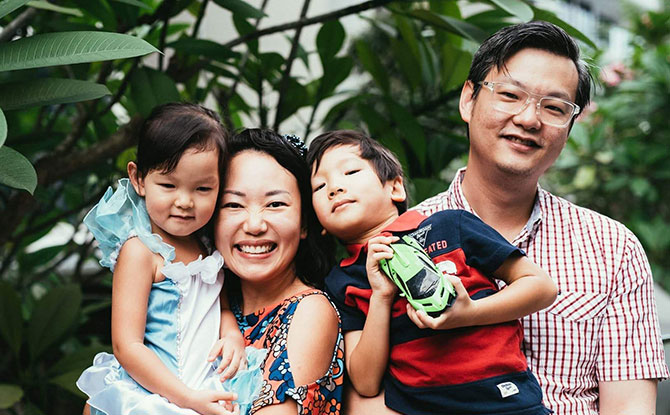
In February 2018, SCBB introduced a new community cord blood banking service to give donors more options when it comes to cord blood banking.
Aside from donating directly to SCBB’s public cord blood bank, parents-to-be are given the choice to bank their baby’s cord blood with SCBB for their family’s use for a period of five years, with the option to renew the service every five years. When parents no longer wish to continue storing the cord blood, they can then donate it to SCBB’s public cord blood inventory provided they meet the public donation eligibility criteria.
As an internationally accredited cord blood bank, SCBB adheres to very stringent and standards for the collection, processing, banking and distribution of ethnically diverse quality cord blood units to meet the needs of patients and the community.
As Easy as ABC

Potential donors go through a 10 minutes pre-screening evaluation either online or with a SCBB donor coordinator. After the pre-screening, a face-to-face appointment with SCBB will be scheduled at any time during the pregnancy to sign the Informed Consent Form.
The cord blood is then collected by the attending obstetrician after the baby is born. The process is non-invasive and non-disruptive to the delivery. It can be done at all public and most private hospitals in Singapore.
What Happens to the Donated Blood?
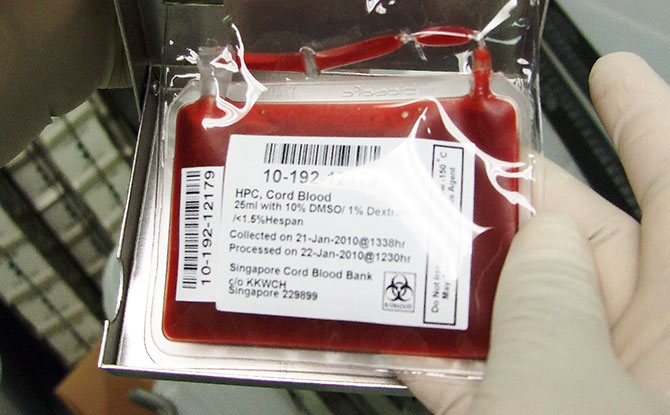
Every bag of cord blood collected is evaluated for volume and cell count before being processed to reduce plasma and red blood cells.
The final product is a 25ml bag of white blood cell concentrate called a Cord Blood Unit (CBU).
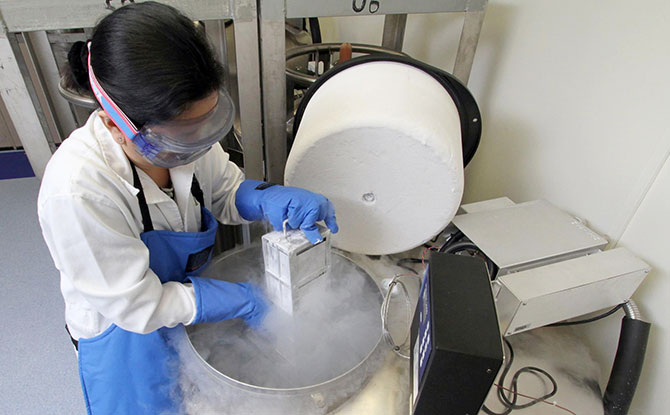
CBUs are gradually frozen to maintain the quality of the stem cells. When they reach an optimum temperature of below -180 °C, they are transferred to a cryopreservation tank for storage until requested for clinical use.
Not all cord blood donated meets the stringent quality standards that ensure the CBUs are usable for unrelated transplants. Of the 300 or so donations that the SCBB receives per month, less than 20% make the cut. The most common reasons are insufficient blood collected and insufficient number of cells collected. When that happens, parents-to-be can either choose to family bank it for their own family’s future use, if it meets the family banking criteria or to donate it for research.
Singapore Cord Blood Bank – A Small Act Can Lead to Big Results
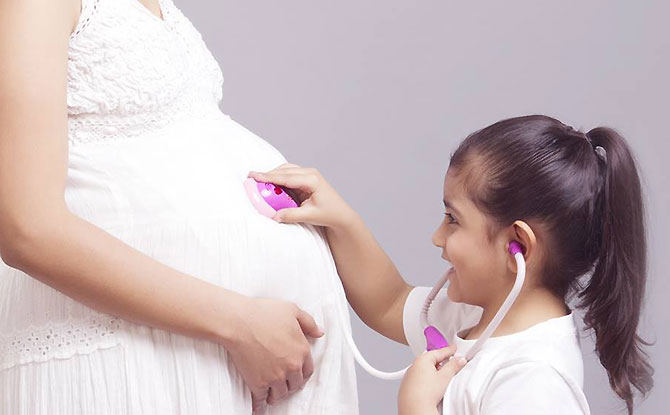
As a public cord blood bank, SCBB provides a way for families to donate a precious, life-changing gift which may lead to a ray of hope for another family down the road.
Or as Seri Rahayu Binte Othman, a mother who has donated the cord blood of all her seven children to SCBB, puts it, “If it can save someone’s life, then why not donate?”
If you are interested to know more about SCBB’s public donation or their family banking service, visit the Singapore Cord Blood Bank’s website at www.scbb.com.sg or call them at 6394-5011.
This feature is brought to you by Singapore Cord Blood Bank.


